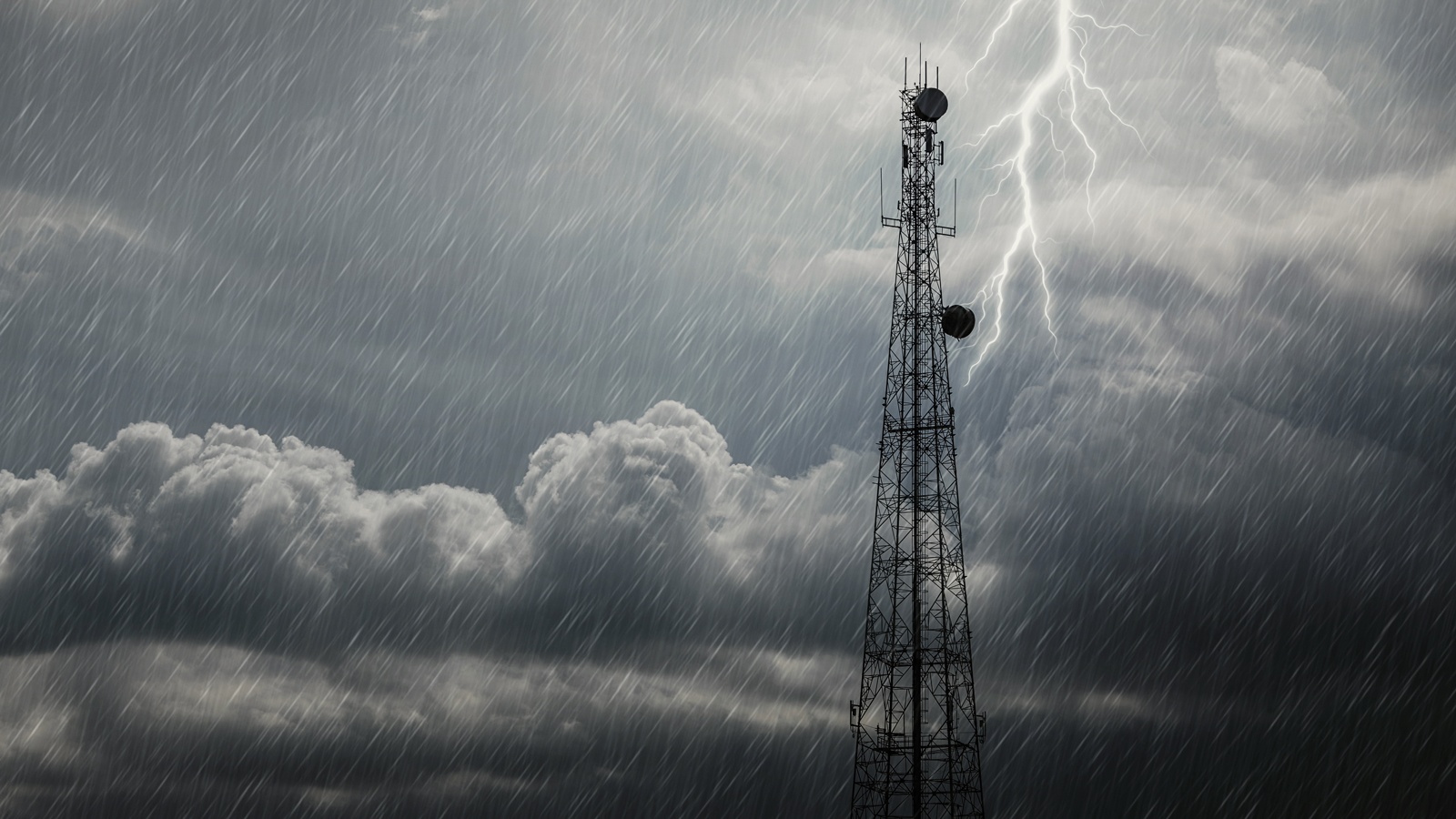
Jack Loughran Thu 10 Apr 2025
Collected at: https://eandt.theiet.org/2025/04/10/mobile-network-used-sense-rain-improve-forecasting
Vodafone has started using its mobile network to improve the accuracy of short-term rain forecasts, known as nowcasting.
The forecasts provide detailed data for rain forecasts ranging from a few minutes to a few hours ahead and can help communities to prepare for flooding. Vodafone hopes the new trial across the River Severn catchment area could improve the long-term resilience of nearby residents and the environment.
The mobile network can be used as an environmental sensor to monitor rainfall because of the impact that precipitation has on electromagnetic waves at certain frequencies. As water in the air affects the quality of the wireless link between masts, a microwave link can function as a virtual rain gauge, providing pinpointed and precise precipitation data.
The River Severn Partnership Advanced Wireless Innovation Region (RSPAWIR) has teamed up with Wireless DNA to trial the technology. Wireless DNA will monitor all signal variations to identify those caused by precipitation and share this data with RSPAWIR to enhance early warning systems for flooding and improve flood defences for local residents.
The additional data will provide insights to supplement conventional systems, such as radar and rain gauges, with a dense layer of ground-level observations.
Vodafone’s mobile network can work as an environmental sensor because the data offers greater accuracy than radar and more detail than weather stations.
Matt Smith, programme manager at RSPAWIR, said: “The River Severn Partnership is committed to making the Severn, Wye, Warwickshire Avon and Teme the most vibrant and resilient river network. As a result, this RSPAWIR use case with Vodafone aligns perfectly with our strategic aims.
“By improving weather forecasting, we can better mitigate against flooding, improve resilience, and protect the health and livelihoods of the communities and businesses in our region.”
The River Severn is notoriously prone to flooding, especially in areas like Gloucester, Worcester, Bridgnorth and Bristol, because of heavy rainfall, high tides and blocked drainage systems. Significant floods in recent decades have caused extensive damage to homes and businesses, while impacting local infrastructure and disrupting travel. An estimated £230m per year is spent across the region to manage and mitigate damage to infrastructure brought by floods.
In February, Vodafone trialled a suite of next-generation drones that can restore connectivity to malfunctioning mobile masts in a bid to cut network down time.

Leave a Reply